Business Report Samples
-

Business Report for Company
download now -

University Business Report
download now -
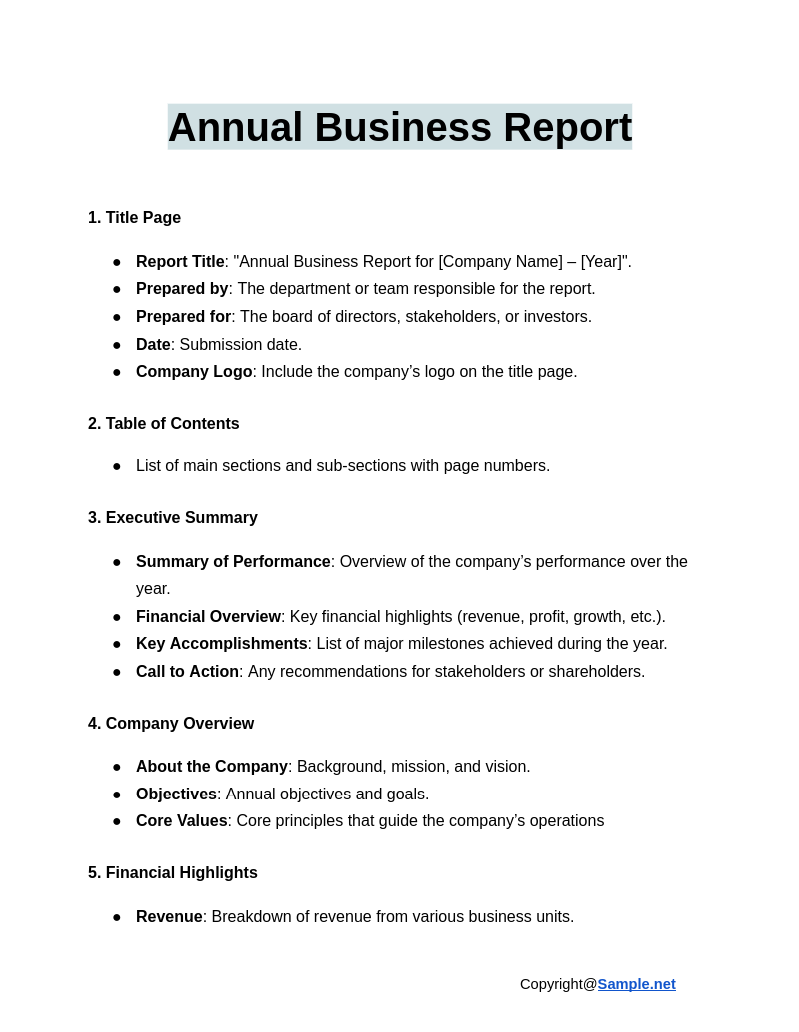
Annual Business Report
download now -

Quarterly Business Report Template
download now -

Business Report Template
download now -

Business Report Sample Template
download now -

Short Business Report Sample Template
download now -

Sample Short Business Report Template
download now -

Accident Executive Summary Investigation Report
Ensure that no information relating to an accident is overlooked by reporting the matter on paper.
-

Annual Layout Financial Report
Provide information on the company’s financial achievements through an annual report.
-

Annual Design Retail Sales Report
Measure the yearly sales of your retail business with the help of a report.
-
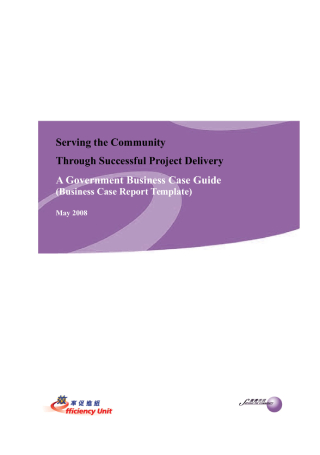
Student Business Case Report
Prove that the product you’re pitching is a sound investment by using a business case report.
-

Business Background Meeting Report
Present the details of a meeting to company stakeholders through a written report.
-

Business Studies Sustainability Report
Discuss the economic, environmental, and social impacts of your daily activities in a report.
-

Business Trends Proposal Report
Cover the key trends of your business environment in a detailed report.
-

Business Introduction Trip Report
Keep track of your business travel details, expenses, responsibilities, and rewards with a report.
-

Business Committee Conclusion Report
Determine legislative intent with the help of the data gathered in a committee report.
-

Customer Satisfaction Business recommendation Survey Report
Find out if customers are satisfied with your services by writing a report for your survey findings.
-

Customer Service Assessment Report
Evaluate applicants or current customer service employees with an assessment report.
-

Daily Activity Report
Keep a record of all activity throughout the shift by creating a daily report.
-

Daily Work Report
Monitor the progress of employees with the help of a daily work report.
-

Employee Confidential Report
Make a general assessment of the work performed by an employee using a report.
-

Employee Engagement Report
Understand the commitment and satisfaction level of employees through an engagement report.
-
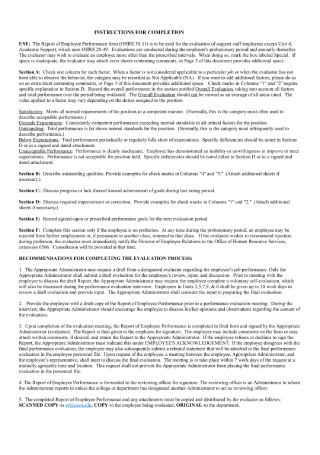
Employee Performance Report
Conduct regular performance reviews on company employees using this sample.
-

Employee Retention Report
Create an effective employee retention strategy by analyzing key data in a report.
-

Employee Safety Report
Allow employees to report an unsafe workplace condition or practice using this sample.
-
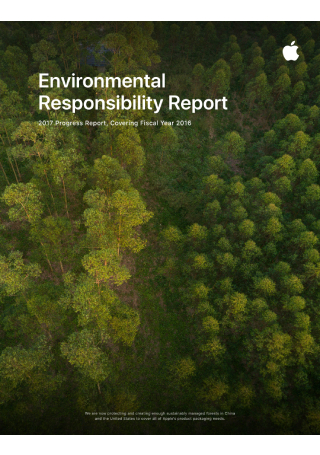
Environmental Responsibility Report
Provide comprehensive information on your environmental strategy through a report.
-

Feasibility Report for a Food Hub
Analyze the evidence supporting the development of a food hub in your area with a report.
-

Final Investment Decision Report
Maximize investment opportunities by reviewing the facts specified in a report.
-

Financial Statements and Management Report
Make a report on consolidated financial statements with the help of the sample provided.
-

Hourly Sales Report
Reveal your company’s sales volume throughout the day with an hourly report.
-

Incident Investigation Report
Determine the root cause of an incident by identifying the findings of your investigation in a report.
-

Informal Business Report
Share important business information in a brief and direct manner through an informal report.
-

Insurance and Legal Report
Explore the insurance and legal impact of certain business actions in a report.
-

Legal Advice Report
Refer to this sample before entering into a lease or assignment of lease.
-
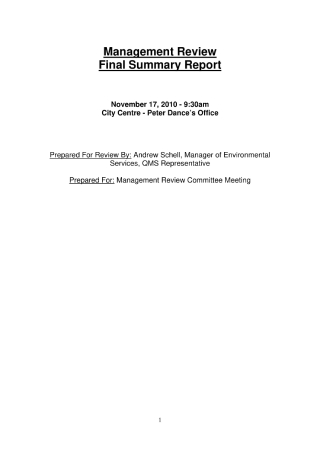
Management Review Summary Report
Conduct a management review by summarizing your observations in a formal report.
-

Manufacturers’ Inventory Report
Make it easy for assessors to determine the extent of your inventory with a report.
-

Market Research Report
Meet the needs of clients and solve challenges more easily by writing a report for reference.
-

Monthly Business Report
Provide status updates on important projects by creating informative monthly reports.
-

Monthly Marketing Report
Highlight how your marketing strategy is performing from month to month with a report.
-

Monthly Progress Report
Inform interested parties about the monthly progress of a project with a report.
-
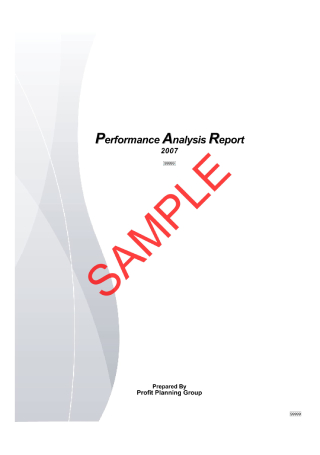
Performance Analysis Report
Quantify your company’s performance over a given period of time through an analysis report.
-

Project Closure Report
Assess a project’s success and formally close its production through a detailed report.
-
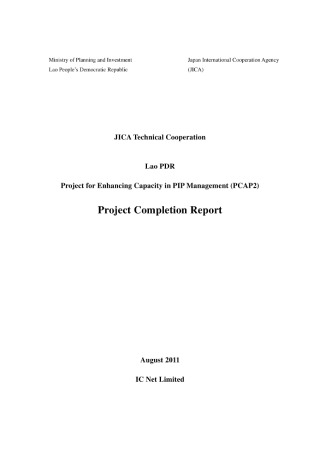
Project Completion Report
Describe the outcomes of a finished project in a written report.
-

Quarterly Earnings Report
Announce your quarterly earnings to the public with an official report.
-

Quarterly Progress Report
Talk about the progress made over a span of three months through a quarterly report.
-

Risk Management Report
Discuss the strategic and financial impact of risks in a business report.
-

Root Cause Analysis Report
Identify the source of a problem by documenting your findings in an analysis report.
-

Site Visit Report
Obtain in-depth information about your observations and findings on site through a visitation report.
-

Small Business Cyber Risk Report
Study the risks and threats of a cyber attack by revealing your findings in a report.
-

Small Business Impact Report
Discover promising business opportunities with the help of the given sample.
-

Social Media Report
Prove the value of your social media marketing plan with the use of a good report.
-

Stakeholder Survey Report
Describe the results of your stakeholder survey in an explicit report.
-

Team Member Status Report
Update project managers on the status of the team with the help of a report.
-

Technical Report Format
Write effective technical reports by using this format sample as your guide.
-

Training Evaluation Report
Communicate the outcomes of your training program in an evaluation report.
-

Weekly Status Update Report
Prepare a summary of all the work done during the week through a status report.
-

Work Activity Report
Narrate your work activity to managers by writing a periodic report.
-

Small Business Report Summary Sheet Template
download now
FREE Business Report s to Download
Business Report Format
1. Title Page
2. Table of Contents
3. Executive Summary
4. Introduction
5. Body (Main Sections)
6. Conclusions
7. Recommendations
8. Implementation Plan (Optional)
9. Appendices
10. References
11. Acknowledgments (Optional)
12. Glossary (Optional)
Business Report Samples
What is a Business Report?
Key Elements of a Business Report
How to Create a Business Report
FAQS
Who is the target audience for a business report?
What should be included in a business report?
How often are business reports created?
How does a business report support decision-making?
Why is the executive summary important in a business report?

Download Business Report Bundle
Business Report Format
1. Title Page
- Title of the Report: Clearly state the report’s subject.
- Prepared for: The name of the person, organization, or department receiving the report.
- Prepared by: The name of the author or team responsible for creating the report.
- Date: The submission date of the report.
- Company Logo: (Optional) Include a logo if applicable.
2. Table of Contents
- List all the main sections and sub-sections with page numbers for easy navigation.
- Include headings like “Executive Summary,” “Introduction,” “Findings,” “Analysis,” etc.
3. Executive Summary
- Summary of Key Points: A short (1-2 paragraphs) summary of the purpose, key findings, analysis, and recommendations.
- Purpose: Why the report was created.
- Conclusion: The main takeaways.
- Recommendations: Key suggested actions.
4. Introduction
- Purpose of the Report: Why the report was prepared.
- Scope: The specific issues, time frame, or areas the report will cover.
- Methodology: How the data and information were gathered (e.g., surveys, interviews, research, etc.).
- Background: Context or background information for the reader to understand the subject.
5. Body (Main Sections)
This is the core section of the business report and varies depending on the purpose of the report. It may be divided into multiple sub-sections.
5.1. Findings
- Present the information, data, and facts that have been gathered.
- Use charts, graphs, and tables to illustrate key data points.
- Break down information logically, starting with general findings and moving to specific details.
5.2. Analysis
- Data Interpretation: Explain what the findings mean.
- Highlight trends, patterns, and relationships.
- Provide context for the data presented in the findings section.
5.3. Discussion
- What It Means: Discuss the implications of the findings.
- Challenges and Risks: Highlight any potential issues, risks, or challenges.
- Options for Action: Discuss possible courses of action.
6. Conclusions
- Summarize the key takeaways from the findings and analysis.
- Clearly restate the problem, highlight important points, and present the overall conclusion.
7. Recommendations
- Action Steps: Outline specific actions that the company, department, or individual should take.
- Prioritization: Indicate the priority of each recommendation.
- Time Frame: Suggest when these recommendations should be implemented.
- Resources Needed: Mention any required resources (e.g., staff, budget, or tools).
8. Implementation Plan (Optional)
- Action Steps: Detailed steps to achieve the recommended actions.
- Responsibilities: Who is responsible for each action.
- Timelines: A schedule for completion of the recommendations.
9. Appendices
- Include any supplementary information, such as:
- Raw data, supporting calculations, or interview transcripts.
- Charts, tables, and graphs that provide more detail.
- Technical terms, definitions, or acronyms used in the report.
10. References
- List any sources, research papers, or other materials referenced in the report.
11. Acknowledgments (Optional)
- Thank individuals, departments, or organizations that contributed to the report.
12. Glossary (Optional)
- Define specific terms, acronyms, or technical jargon used in the report.
What is a Business Report?
A business report is a structured document that presents analysis, findings, and recommendations on a specific business topic, issue, or opportunity. It provides essential information to stakeholders, including executives, managers, and employees, to support decision-making and problem-solving processes. Business reports often rely on research, data collection, and analysis to deliver objective, evidence-based insights. They can be used to track performance, explore market opportunities, assess financial outcomes, and develop strategic plans for organizational growth and development.
Key Elements of a Business Report

Business reports are only useful if they answer all the key questions that need to be addressed. The main points it should include and the way your facts, figures, and analysis are organized will affect how your message is carried across. For this reason, breaking down the document into various sections will help you clearly and effectively construct the report.
Listed below are the five elements that make up a good business report.
How to Create a Business Report
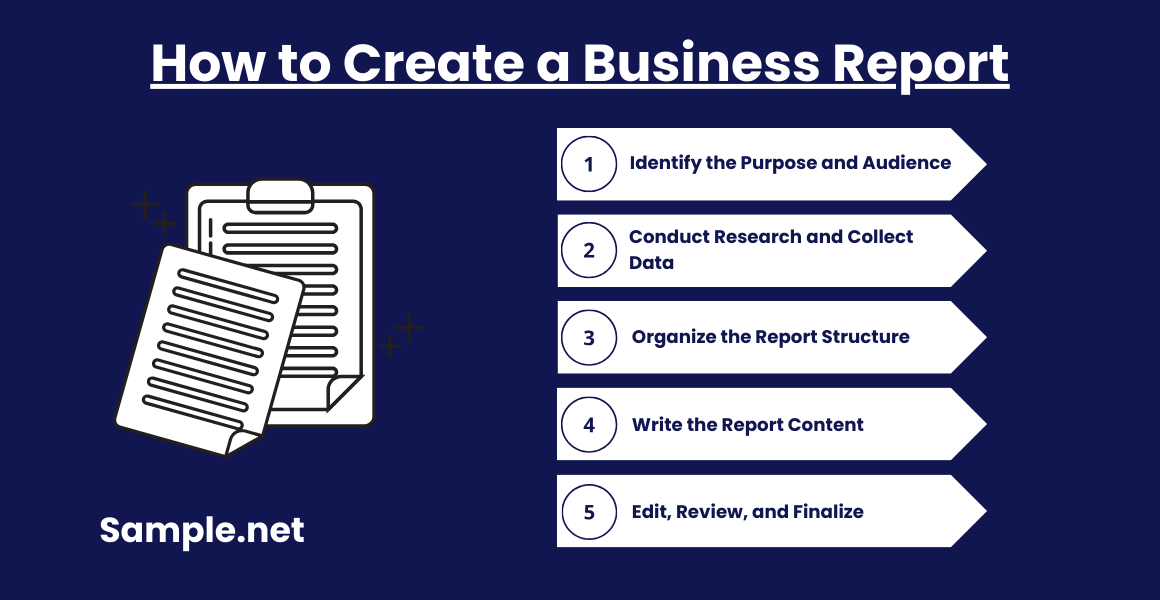
Step 1: Identify the Purpose and Audience
Before you begin, clearly define the objective of the report. Are you providing information, solving a problem, or proposing a solution? Identify who the audience is—executives, managers, clients, or employees. Knowing this will help you tailor the report’s language, tone, and structure to suit the audience’s needs. A clear purpose will ensure that the content stays relevant and focused throughout. You can also see more on Business Plan Report.
Step 2: Conduct Research and Collect Data
Once you know the purpose, gather relevant data, statistics, and information. Use primary and secondary research methods such as surveys, interviews, and existing reports. Make sure the data is accurate, credible, and relevant. Data collection ensures the report is based on facts, not assumptions. Proper research strengthens the analysis and makes the report more persuasive.
Step 3: Organize the Report Structure
Create a logical structure, including sections such as the title page, table of contents, executive summary, introduction, body, conclusion, and recommendations. Decide where charts, graphs, and visuals will be placed. Each section should have a clear purpose and follow a logical flow. This structure helps the reader navigate the report with ease and quickly locate key information.
Step 4: Write the Report Content
Start with a strong introduction that highlights the objective of the report. The body should present the findings, analysis, and supporting data. Use clear, concise language. Each section should be relevant to the main purpose of the report. Conclude with actionable recommendations, clearly specifying next steps. Ensure the tone and language are aligned with the intended audience. You can also see more on Real Estate Business Report.
Step 5: Edit, Review, and Finalize
After writing, review and edit the report for grammar, clarity, and factual accuracy. Make sure all visual aids, tables, and references are correct and properly formatted. Check if the report meets the audience’s needs and objectives. Editing improves readability, professionalism, and the report’s impact. Once finalized, distribute the report to stakeholders.
Business reports are essential for effective decision-making, providing a clear analysis of vital information. They guide strategic planning, improve operations, and foster better communication among stakeholders. By utilizing well-structured reports, businesses can identify opportunities, address challenges, and achieve long-term growth and success in a competitive environment. You can also see more on Retail Business Report.
FAQS
Who is the target audience for a business report?
The target audience may include executives, managers, clients, stakeholders, and employees. The tone and complexity of the report should be customized for the audience.
What should be included in a business report?
A business report typically includes an introduction, body, analysis, recommendations, and a conclusion. Additional elements like an executive summary, charts, and visuals are optional. You can also see more on Student Business Report.
How often are business reports created?
Business reports are created regularly, such as monthly, quarterly, or annually, depending on the company’s goals and reporting needs. Ad-hoc reports may be created as needed.
How does a business report support decision-making?
A business report provides data, analysis, and actionable recommendations that guide decision-makers in choosing the best course of action. By presenting clear evidence, risks, and opportunities, it minimizes uncertainty and enhances the quality of decisions. Business reports offer an objective basis for justifying key business moves.
Why is the executive summary important in a business report?
The executive summary is crucial as it provides a condensed overview of the report. Busy stakeholders often have limited time, so the summary highlights key points, findings, and recommendations. This section enables stakeholders to understand the report’s core message quickly. You can also see more on Construction Business Report.
